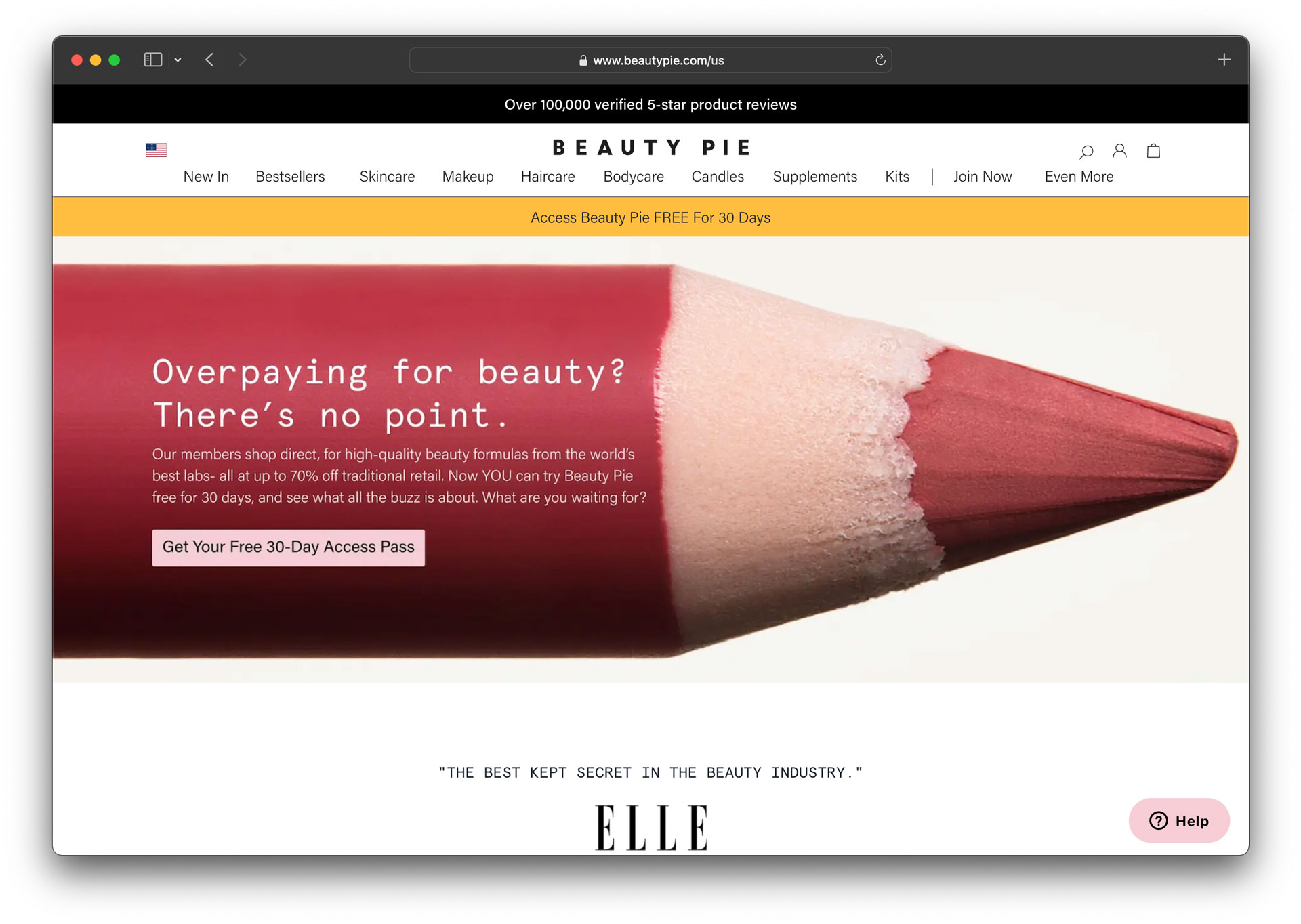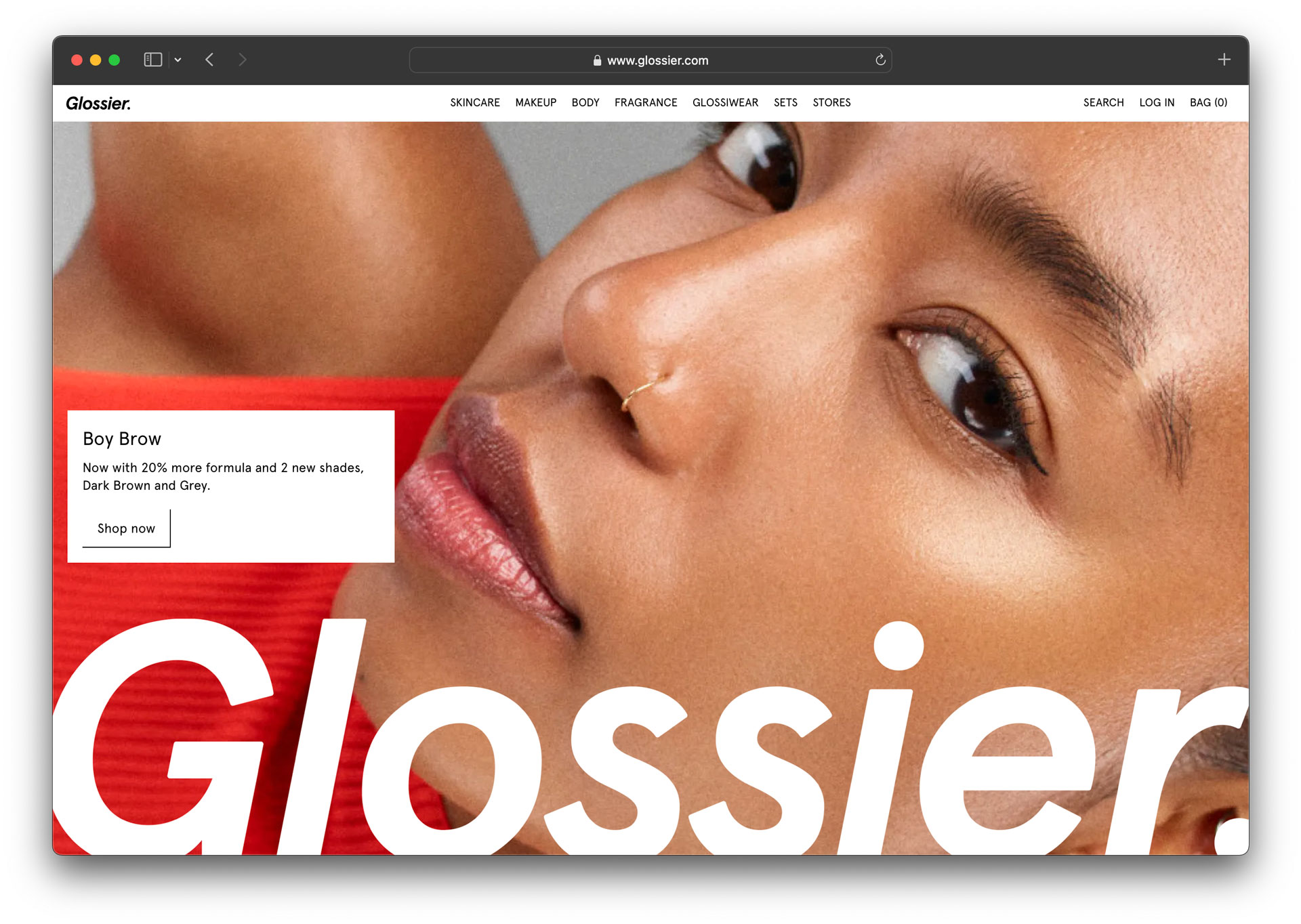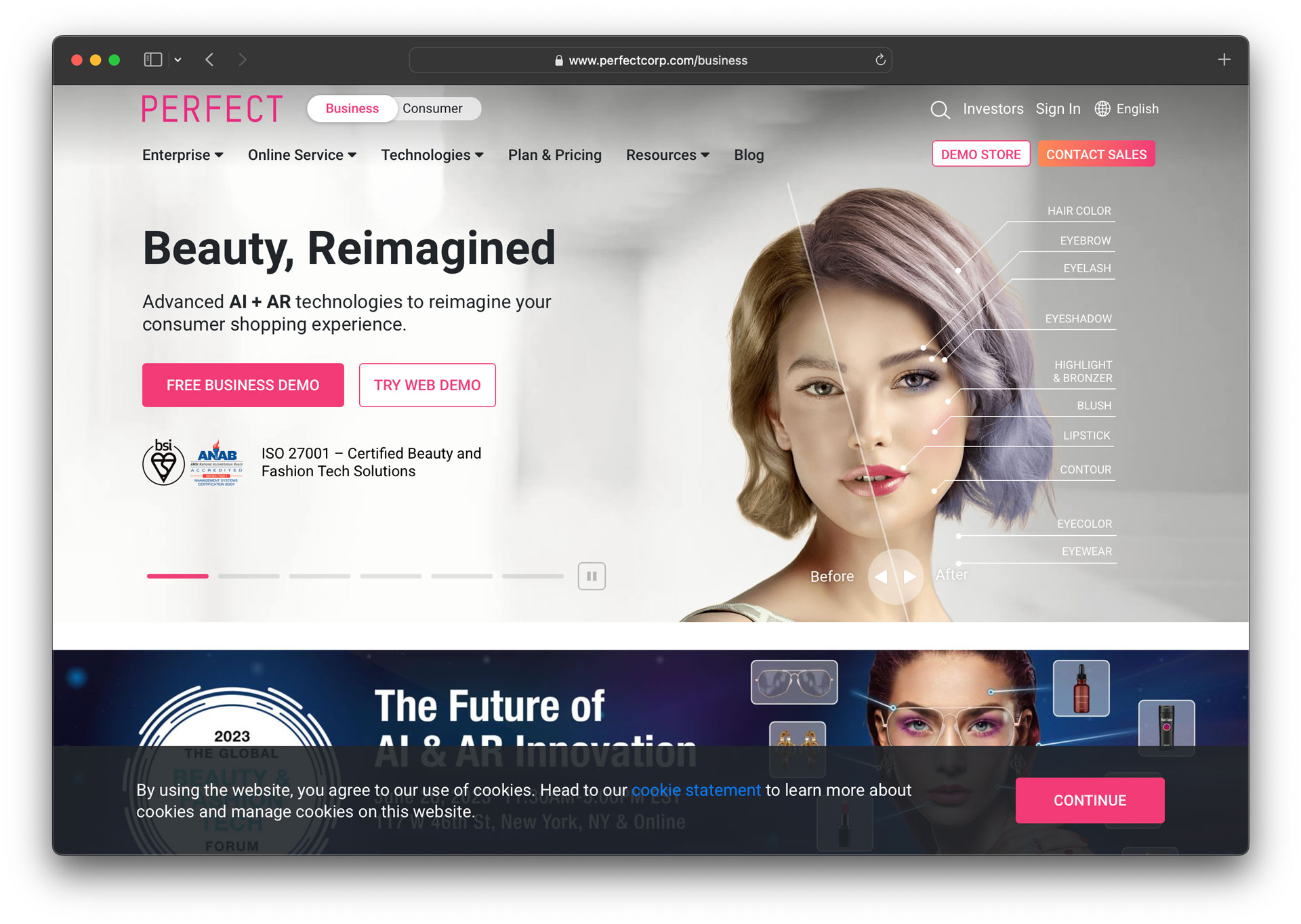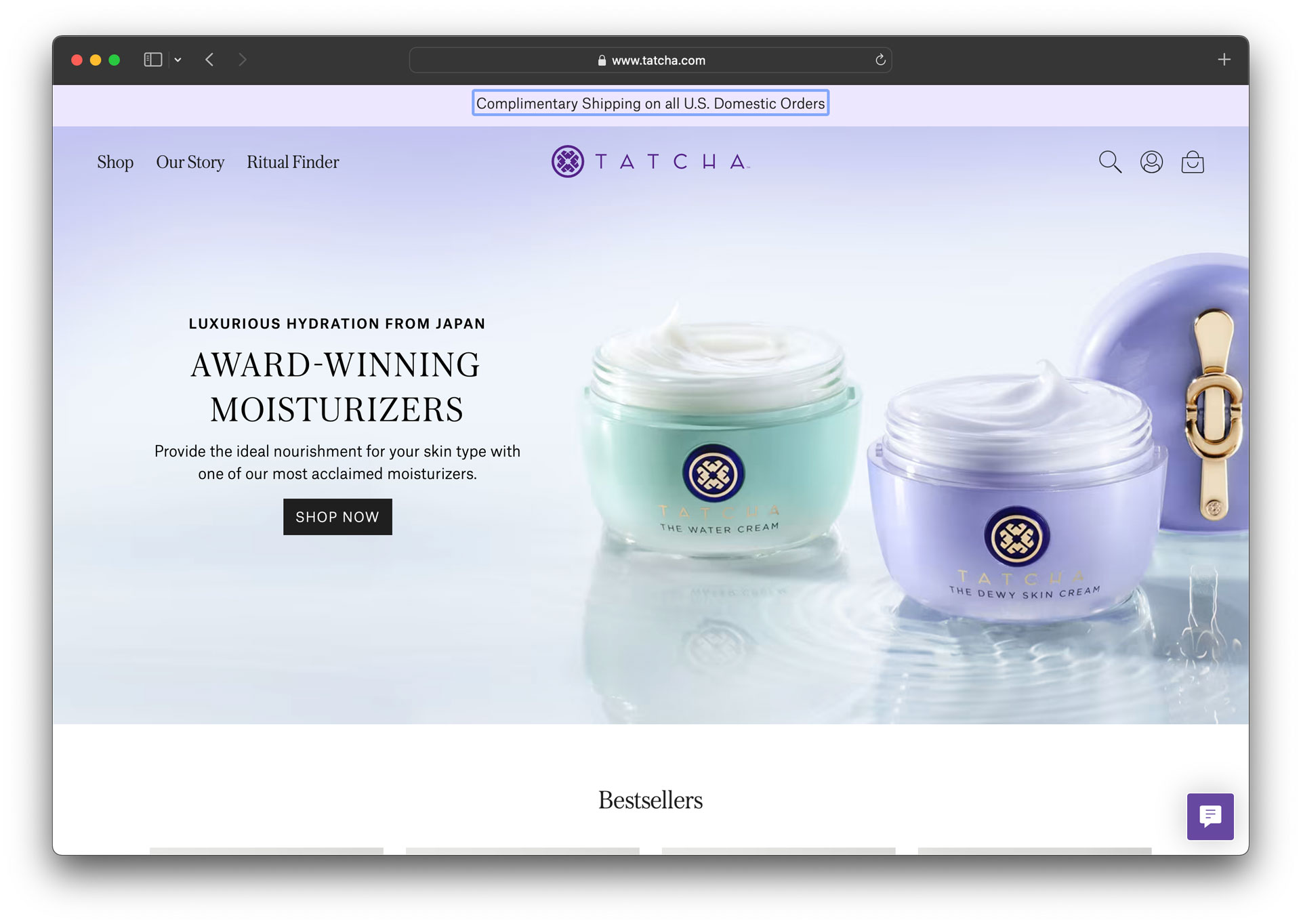I first wrote about the impact high-definition TV was having on the beauty market back in 2009. That trend has accelerated due to the proliferation of smartphones, which frequently boast cameras that exceed HDTV in resolving power.
When Estée Lauder CEO Fabrizio Freda last spoke at the WWD Beauty Summit in 2010, there was no Instagram. Today, the 800-million-member social network has contributed to women spending 13% more on foundation and 18% more on concealer, as Fabrizio reports. Research firm NPD notes that millennials are buying and using almost 25% more cosmetics than they did just two years ago and significantly more than baby boomers.
Shifting Sources of Influence
The influence of social media is evident in the success of Kylie Jenner’s Kylie Cosmetics, an online retailer that has exploded on the scene with more than $420 million in sales in just 18 months.
Kylie Cosmetics does little advertising but instead relies on Ms. Jenner’s Instagram account, which has more than 105 million followers, to promote its brand.
The success of Kylie Cosmetics shows how millennials, video bloggers they watch and social media influencers — are rewriting the rules beauty marketing. Traditional brands are desperately trying to adapt to this quickly changing scenario.
Social media influencers have played a vital role in the rise of independent brands, which registered a 43% jump in sales in 2016, while traditional makeup sales declined 1.3%, reports Shiseido Americas CEO Marc Rey.
The only beauty market segment able to withstand this onslaught are high-quality, prestige cosmetics, which grossed $4 billion in the first half of 2017, 5% higher than the year before, according to NPD.
The impact of YouTube videos on makeup know-how has created tsunami waves throughout the market. Beauty vloggers, like Jaclyn Hill, possess remarkable new powers to influence consumers, including featuring Kim Kardashian in one video.
Nearly 700 followers stood outside for hours, some even camping overnight, to meet YouTube beauty vlogger Jaclyn Hill at a Los Angeles Ulta store meet-and-greet in November 2017.
These types of immersive experiences have some makeup fans watching as many as three hours of YouTube tutorials each week to learn new techniques or to keep up with emerging brands.
According to Boston-based Pixability, which tracks social media influencers, global views of beauty videos on YouTube jumped 60%, to 219 billion, in the past year. Millennials make up 60% of Facebook’s beauty audience, Pixability estimates.
Omnichannel World
For the instant gratification Voyeurgasm crowd, staid department stores beauty counters just won’t cut it. Today’s omnichannel world offers buyers a plethora of information, ranging from social media to beauty blogs to YouTube videos. Armed with far more knowledge than ever before, consumers can determine what’s working and comparison shop multiple channels. Department store makeup sales declined 19% in the past decade, reports Euromonitor International.
Traditional channels have been unable to keep up with such specialty stores as Sephora and Ulta that rely on mobile apps and loyalty programs, and in Sephora’s case an innovative Color IQ measuring device, to attract and keep customers.
Ulta Beauty, which sells both drugstore and prestige brands has been opening about 100 new stores annually in recent years. Its 2018 revenues are expected to reach $5.9 billion, up from $3.9 billion two years earlier. Revenues at Sephora, part of luxury giant LVMH Moët Hennessy Louis Vuitton, have doubled since 2011.
Changing shopping habits have lead to one of the biggest challenges in the health and beauty market — diversion — products that move from legitimate channels to Amazon and eBay sellers. One look at eBay prices will inevitably lead to the conclusion that one should never again pay retail for many top brands.
Augmented Reality
Driven by the popularity of Instagram selfies, another significant technology wave augmented reality (AR), is reshaping the beauty market, exemplified by such apps as YouCam, developed by San Jose, Calif.-based Perfect Corporation.
Boasting more than 15,000 reviews in the iOS App Store and a 4.8 rating, quite a feat for an app with that much feedback, YouCam lets users try on makeup, improve selfies and even show instant virtual makeovers. At CES, I got a preview of its new 360-degree live hair color feature, which makes its official debut in April:
Perfect Corporation’s YouCam app lets users visualize how makeup will look on them. In April, the company will debut a hot new feature — visualize a new hair color.
Millennials are increasingly turning to these types of apps to visualize new makeup or study techniques, which, in turn, is driving sales of more beauty products.
The heat of the market was underscored by last Friday’s announcement that L’Oreal was acquiring Toronto, Canada-based Modiface, an augmented reality player that is behind the Estée Lauder and Sephora beauty apps. Modiface reportedly analyzed more than 22,000 faces to develop its groundbreaking technology.
Augmented reality has become such an essential aspect of the beauty industry that China-based Meitu, which develops an AR makeup app, was valued at $4.6 billion on the day of its initial public offering in 2016.
As Coty CEO Camillo Pane recently remarked, “Brands are created at the speed of light.” For some, that’s beautiful news indeed. For others, some concealer might cover up the blemishes, at least temporarily. 😍
Beauty Company Gallery
Click on any image below to enlarge it.






